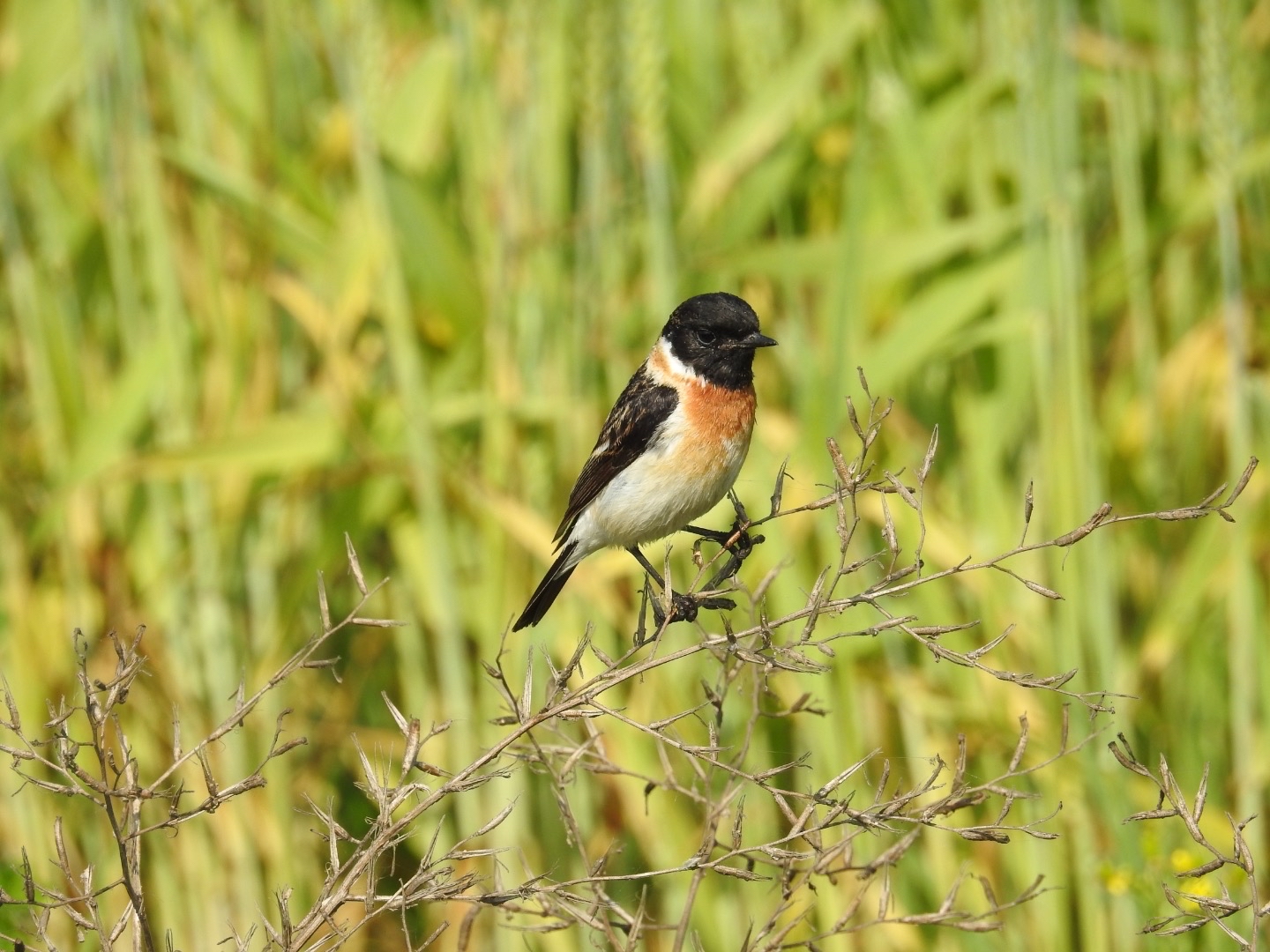Why India hosting the Central Asian flyway is a big deal
Millions of birds use the path that encompasses 30 countries over land and water, including India
Each winter, our lands and waters are full of millions of migratory birds. Most come from the cold North — from the Arctic region, the Palearctic and Eurasia. Ornithologists call this migratory route the Central Asian flyway. The CAF encompasses 30 countries in Eurasia. There are nine such major flyways in the world, but the CAF has historically been the most neglected in terms of funding and institutional support.

Ecologically, India is a crucial part of this flyway as the largest land mass before the Indian Ocean—many migrating birds conclude their wintering journey in India instead of crossing the ocean. Politically, India has shown leadership by making a strong pitch for hosting the Central Asian flyway.
The United Nations Convention on Migratory Species (CMS) has just concluded its 14th Conference of Parties (COP) in Uzbekistan. Parties decided that the CAF will now have a coordinating unit based in India. It has taken over two decades of negotiations to come to this point; and India hosting the CAF is a shrewd choice.
At the last CMS Conference of Parties in Gandhinagar, prime minister Narendra Modi stressed on India’s National Action Plan for the Central Asian Flyway, and how India would like to assist other countries to create their own action plans.
This now presents India with an important opportunity to emerge as a world leader in a flyway which has unique challenges—it is part of the most populated places on earth, with many countries charting strong developmental pathways which need to be integrated with conservation goals. At Gandhinagar, PM Modi spoke about India’s guidelines for linear infrastructure. This includes mitigation of the threats of electric wires, which kill birds. As we electrify more and more, mitigating the impact of high tension wires on migratory and resident birds is just one of the challenges.
The others are climate change and habitat loss. Migratory birds are a very visible natural phenomena — tourism to places like Keoladeo in Rajasthan and Chilika in Odisha go up during the migratory season as tens of hundreds birds arrive. Neighbourhood parks and ponds fill themselves with avian life.

Yet, as the State of India’s Birds report 2023, a status assessment by 13 institutions, found, migratory bird numbers have shown a serious decline. Coastal migrants have declined by 50%. Shorebirds that breed in the Arctic have declined by nearly 80%. The very first State of World’s Migratory Species report, launched at the CMS COP 14, also stated that many migratory birds have shown declines worldwide.
By integrating conservation schemes and development pathways, India can show the way for this flyway.
Some birds on the CAF, like Bar-headed geese, perform the amazing feat of flying over the world’s highest mountains, the Himalayas; others are flycatchers and warblers which weigh a few grams but cross the world’s busiest cities. These are climate survivors and long-distance champions that deserve nothing less than the best science-based, multi-stakeholder action.
Firstly, we can integrate our work on Ramsar sites and other wetlands with migratory bird goals. India now has 80 Ramsar sites — wetlands of global importance, most of which have important waterbird populations. Many Ramsar sites, like Bharatpur and Kolleru, are huge and well-known. Smaller, less visible wetlands important for migratory species should also be conserved. Climate change leads to birds often starting their migrations earlier than expected, which leads to exhaustion. Birds need more resting, feeding and staging sites.
Secondly, river rejuvenation work should go hand in hand with wetland rejuvenation. Water is a fantastic means of understanding ecological connectivity – healthy wetlands often replenish rivers (and vice versa), fill ground water tables, and serve birds and people alike. Understanding the connections of freshwater systems helps aid restoration at a landscape level. This has been demonstrated in the Aril river—a tributary of the Ramganga in Uttar Pradesh , where Khangwa Shyam, Lilaur and Bahoda Kheda wetlands have been restored. Through improved connectivity between catchment and these wetlands, we have more recharged groundwater and increased flows in the river.
Thirdly, we must join hands with other countries on the flyway to find answers to modern problems. The Steppe eagle, a large bird that migrates from Central Asia to India, often gets electrocuted at various parts of the flyway. Birds on the flyway facing decline include species like the Indian Skimmer, Asiatic Dowitcher, Sociable lapwings and many birds of prey. We need investigations to understand why and come up with action plans to arrest their decline.
Birds on the Central Asian flyway have been using these migration routes since centuries. Now, they face modern challenges like kilometres of electric lines and poisons in various food chains. To secure the future of migratory birds that cross borders, parties must work together in finding technologies, approaches, partnerships, financing and the political will to apply them.
Neha Sinha is a conservation biologist who heads policy and communications at the World Wide Fund for Nature-India (WWF-India). The views expressed are personal.
All Access.
One Subscription.
Get 360° coverage—from daily headlines
to 100 year archives.



HT App & Website







